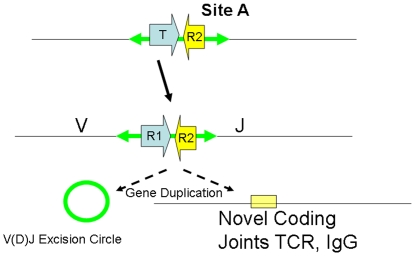Figure 3. The “big bang” or “RAG-transposon insertion model” of the origins of the acquired immune system.
As shown , a transposon inserted at a site in the genome denoted Site A can transcribe an mRNA encoding a bi-molecular transposase consisting of RAG-1 and RAG-2 like proteins from promoters in flanking sequences. Expression of the transposase then can excise a transposon from site A or another site (large arrows) at the transposon termini and insert the transposon and another site termed site B with an immunoglobulin or T-cell receptor gene. Subsequent excision of V(D)J RSS that resemble transposon termini results in circular episomes and repaired empty sites in immunoglobulin and T cell receptor genes. Multiple cycles of RAG transposon insertion and excision from primordial immunoglobulin and T-cell receptor like genes and insertion of the RAG transposon at other sites in the genome such as the current RAG locus with subsequent gene amplification of the immunoglobulin and T cell receptor gene families could result in the current structure of these genetic loci.

